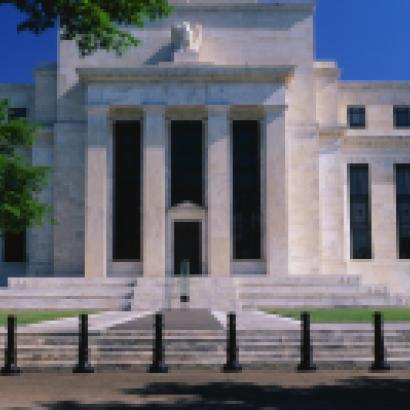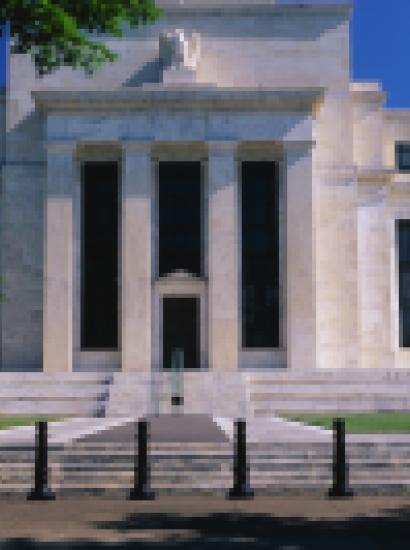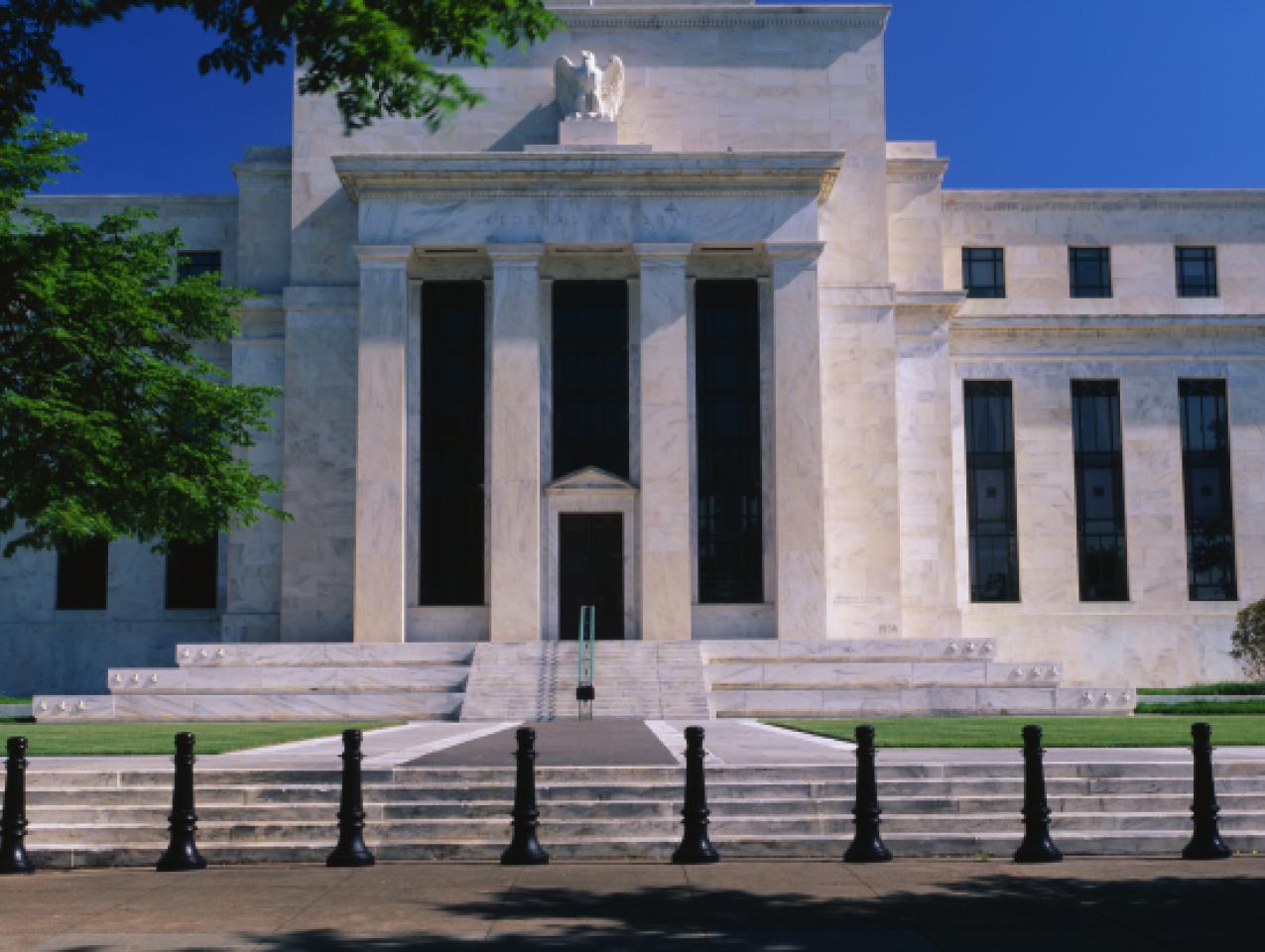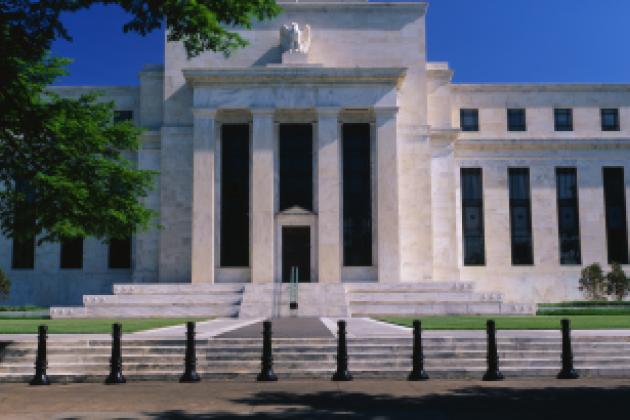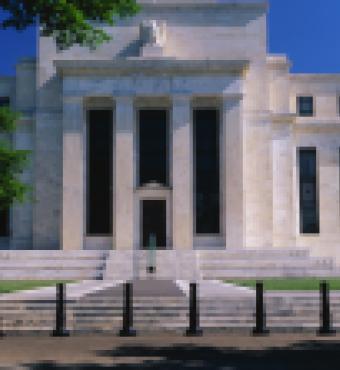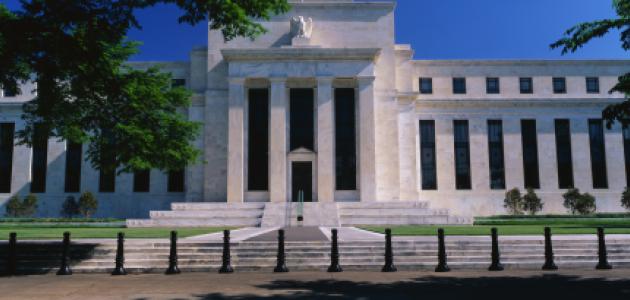The Federal Reserve was established in 1914 as independent of the president and Congress—and for good reason. The Fed's founders understood that politicians had to be blocked from using monetary policy to juice the economy before elections. Extensive research supports the wisdom of the Fed's political independence; monetary policy works best when it is insulated from the vagaries of election cycles.
The problem is that while the Fed is largely independent of politicians, it is intimately connected, and even answerable, to the financial institutions that it is supposed to regulate.
Consider the board of directors of the Federal Reserve Banks. Nine directors oversee each of the 12 Federal Reserve Banks. Private banks choose six of the nine. The other three are typically the CEOs of major corporations or executives at other financial institutions, such as private-equity firms.
Fed presidents are also deeply tied to financial institutions. For example, the current president of the New York Fed (the most important of the Fed's 12 regional banks) was at Goldman Sachs before taking over the Fed. His predecessor is now president of the private-equity firm Warburg Pincus; his predecessor went to Merrill Lynch after the Fed; and his predecessor is now at Goldman Sachs.
A growing body of academic research indicates that the stock market values these bank-Fed connections. A 2013National Bureau of Economic Research paper by Daron Acemoglu, Simon Johnson, Amir Kermani, James Kwak and Todd Mitton, "The Value of Connections in Turbulent Times: Evidence from the United States," provides a case in point. In November 2008, when it was announced that then-New York Fed President Timothy Geithner would be nominated for Treasury secretary, the stock prices of financial firms with which he had close personal connections soared relative to those of other financial firms. Those same stock prices plummeted when his nomination briefly ran into problems over his taxes.
Markets might be right about the value of close relations with the Fed. A paper recently presented at the NBER by Anna Cieslak, Adair Morse and Annette Vissing-Jorgensen —titled "Stock Returns over the FOMC Cycle"—finds evidence suggesting that the Fed has been leaking information. Senior Fed officials regularly gather between their highly publicized Federal Open Market Committee meetings to discuss monetary policy. Although the information from these lesser-known meetings is not released to the public until weeks later, the authors found that stock prices respond immediately after the meetings, suggesting that people and financial institutions are trading and possibly profiting on information contained in those meetings.
Cozy bank-Fed relationships are especially important for financial regulation and crisis management. We pursue these topics in our books "Fragile by Design: The Political Origins of Banking Crises and Scarce Credit" (which Mr. Haber wrote with Charles Calomiris ) and "Guardians of Finance: Making Regulators Work for Us" (which Mr. Levine wrote with James Barth and Gerard Caprio ).
There are too many examples to list here, but the Fed's response to the 2007-08 subprime mortgage crisis is illustrative. We do not question the Fed's rescue of the banks to protect the economy from a potentially catastrophic collapse of the financial system.
We do, however, stress that in the months and years leading up to the crisis, the Fed did nothing to curtail the run-up in risky lending that caused the crisis. We also point out that when the Fed finally acted, it not only rescued the banks, it also bailed out their shareholders as well as the executives who had helped steer the banks and country into the crisis. In contrast, when the government rescued General Motors, it forced shareholders and bondholders to take huge financial losses and executives to be fired.
The Fed's multibillion-dollar assistance to financial institutions—including lending commitments to Citigroup and Bank of America, supporting J.P. Morgan's purchase of Bear Stearns, rescuing AIG and through that aid to Goldman Sachs and many others—occurred without transparency. After Bloomberg News filed a Freedom of Information Act request in 2008 regarding the Fed's actions, Congress urged the Fed to comply. The Fed refused and fought all the way to the Supreme Court—which in 2011 ordered it to release the records. When the Fed finally complied, it provided thousands of pages in a non-searchable PDF format, making it difficult to piece together the relevant facts.
What to do? A few simple reforms would be helpful. First, the tight links between the Fed and the financial-services industry could be weakened by reconsidering the number of Fed directors appointed by banks. Second, Fed officials should be required to agree to a waiting period—perhaps as long as five years—after leaving the Fed to take a position at a financial-services firm. Fed officials should not be auditioning for jobs on Wall Street.
Third, there should be greater transparency and oversight of the Fed's role as a financial regulator. Congress should establish mechanisms—including a group of experts with the authority to demand information from the Fed and the capabilities to assess Fed performance.
Such reforms will not be a panacea: They will not address the extensive reach of finance into the political process of drafting and implementing financial regulations. But they represent principled first steps.
Mr. Haber is a professor of political science at Stanford University and a senior fellow at the Hoover Institution. Mr. Levine is a professor of business at the University of California, Berkeley.








